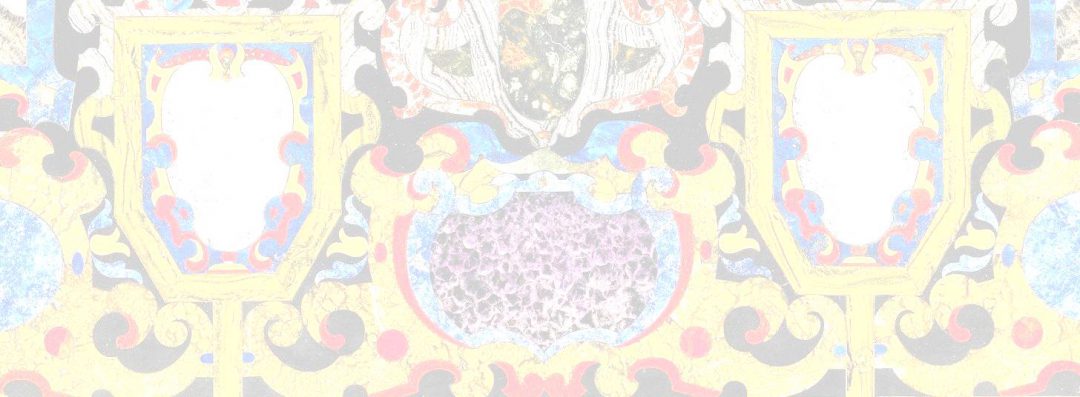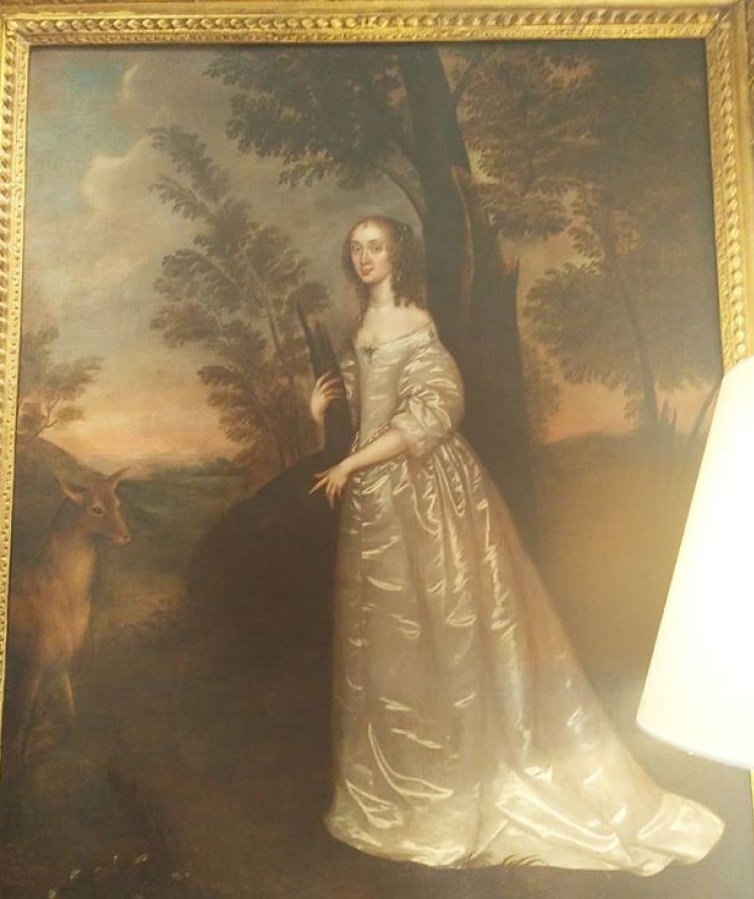Image: A portrait of Catherine Lyttleton by Joan Carlile Instagram via. Pip Shergold @Shergoldco
The business of attribution is a curious thing. At times, we can suggest in an instant that this picture must be by so-and-so. Yet, at other times, attributions to certain painters requires the slow burn of research and rumination.
Whilst swiping through Instagram last year, I came across a picture whose attribution came to me within two blinks of an eye. The post, a photograph taken while at a Wedding Reception in Cambridgeshire, focused on a full length portrait of a lady in a white dress set in a suitable Arcadian setting. This elongated figure, the shimmering white drapery, could have only been painted by Joan Carlile.
Joan Carlile (c.1606-1679) has the claim to be one the first great British female artists. Despite this, the details of her life are elusive. The daughter of an official of the royal parks of St James’s, she married the dramatist and ‘Gentleman to the bows’ Ludowick Carlell in 1626. Attracting some fame during her lifetime, she is described to have attracted the patronage of Charles I as a copyist, and had been gifted some ultramarine by the King alongside Sir Anthony Van Dyck. Her portraits adopt a style that is charming and immediately recognisable. Working to a formula that must have been popular, nearly all of her full length portraits of women show them wearing the exact same dress. As is this case with this example, the beautiful Ter Borch-esque folds of drapery are often held back in a manner that evokes the swagger of paintings by the prolific Van Dyck, the women’s fingers having been described by scholars as ‘claw-like’ or ‘spidery’.
Carlile’s settings for her portraits are equally engaging. Often placed in an arcadian forest, or seeking solitariness in the shade of a cave or grotto, her paintings are imbued with strong poetic air. The Tate’s recently acquired Carlile shows a lady in such a manner, the evidence of the dying embers of a summers day glowing in the background. In this case, our sitter is seen in a wood clutching a broken branch and pointing towards a deer entering the pictorial space on the left. Might this be a reference to the most famous of huntresses Diana, whose transformation of poor-peeping Actaeon into a Stag ended with his body being torn to shreds by a pack of dogs. Here, however, our deer is tame and friendly looking animal, a far cry from a threatening male stag. The art of hunting, which must have been an activity close to Carlile as the daughter and wife of keepers of various Park lodges, takes the centre stage of the painter’s ambitious group portrait at Lamport Hall.
The painting in question, which is part of the collection at Chippenham Park, bears a traditional attribution to Sir Peter Lely. Although the earlier Chippenham Park had been the home of Admiral John Russell, later Earl of Orford, the current reincarnation (now a popular Wedding Venue) dates to the 1880s having been passed through several descendants of the Tharp Family during the nineteenth and twentieth centuries.
The identification of the sitter, as Catherine Lyttleton, makes this a rare addition to Carlile’s oeuvre. Very few of her portraits have survived with their sitter’s identities intact. Indeed, we can assert that this lady must be the same Catherine Lyttleton (1599-1666), daughter of Sir Thomas Crompton and husband of Sir Thomas Lyttleton. Alternatively, might this have been their daughter Catherine, born in 1642 (?). Tracing back the connection to the Tharp family (who acquired Chippenham Park in 1791), this shimmering picture might have descended with the wife of Capt William Montagu Tharp-Gent, who was from the Lyttelton family. The provenance makes the case for identification most plausible and intriguing.
I am grateful for Tabitha Barber for endorsing this attribution on the basis of photographs.

